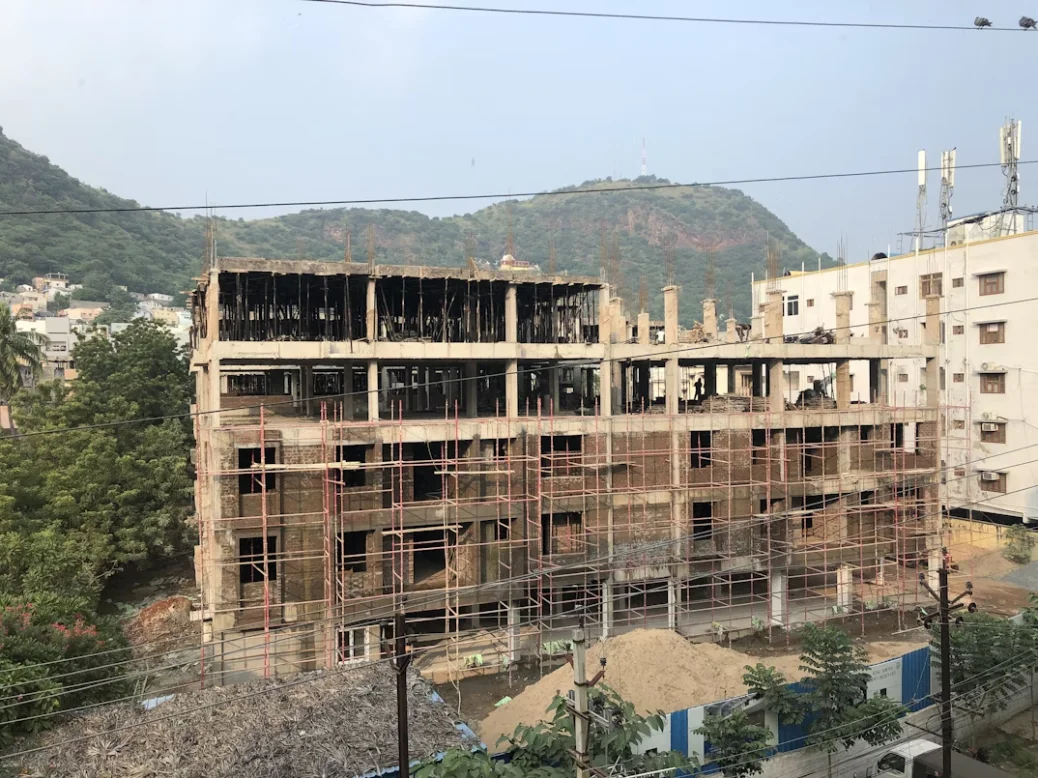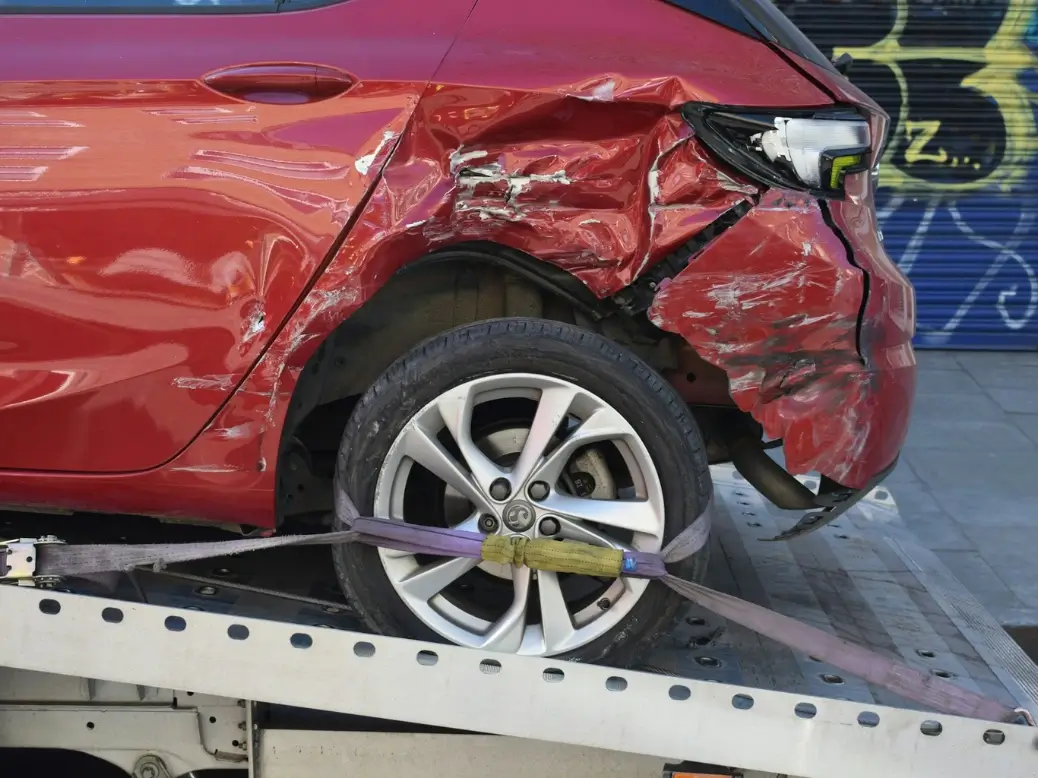Portland, a city defined by an inclusive community and progressive ideals, is amid an explosive surge in costs for high school construction. And as the city seeks to update its schools, questions about soaring budgets and what they presage are front and centre.
Many of Portland’s high schools that are either being constructed or renovated have seen their budgets balloon. For example, a newly built state-of-the-art high school in the city’s northeast was once expected to cost $125 million. However, recent reporting shows costs have now exceeded $175 million and will continue to rise.
What’s Driving the Costs Up?
Multiple factors have combined to drive Portland construction costs sky-high:
-
Inflation and Material Costs
The current economic situation around the world has caused skyrocketing construction material prices. Core school infrastructure materials such as steel, concrete, and lumber are up 20–30% in the last year alone.
-
Labour Shortages
Portland’s construction sector is haemorrhaging skilled labour. This lack of supply had increased wages, contributing to the overall costs of projects. The delays due to a lack of employees skilled in specialization have also contributed to the inflation in budgets.
-
Ambitious Design Plans
The new high schools are being planned with a state-of-the-art focus that includes STEM labs alongside theatres and athletic complexes. These features may improve the learning environment, but they greatly raise the costs.
-
Regulatory Compliance
Portland’s stringent building codes and environmental standards have forced schools to be energy-efficient and sustainable. Although these initiatives are in line with the city’s green objectives, they can be pricey.
Broad Community and Implications Going Forward
The increasing costs have led to debate among local residents, educators and policymakers. Some in the community are questioning the use of taxpayer dollars, while others are emphasizing the importance of investing in high-quality facilities for education.
While the costs are high, PPS officials say they are needed to ensure long-term durability and sustainability. “We’re investing not only for the students of today but also for tomorrow’s generations. These schools need to withstand for the long haul,” said a PPS spokesperson.
Looking Ahead
Portland is determined to enhance its educational infrastructure despite the hurdles. In response to budgetary concerns, city officials are assessing creative methods, including modular construction approaches and public-private partnerships.
With Portland forging ahead with these projects, the wider implications of these skyrocketing costs will shape conversations about balancing quality education and fiscal responsibility for some time to come.
The city’s educational aspirations are admirable — but striving for that vision without draining the budget is a challenge to untangle.







